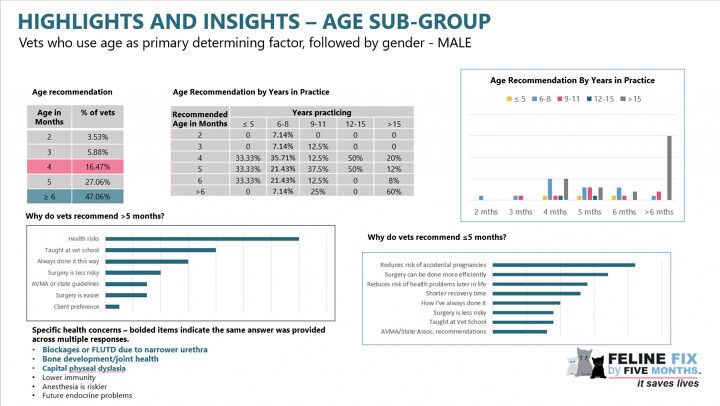‘Fix By Five’ Initiative Encourages Vets To Follow New Spay/Neuter

Spaying or neutering your new feline family member is important, but doing so at the right time in their life is important too.
Dr. Phillip Bushby, DVM, MS, DACVS holds the Marcia Lane Endowed Chair of Humane Ethics and Animal Welfare at MSU-CVM where he has been on the faculty for over 40 years. He said that the information from this survey shows a real opportunity to overcome the objections and concerns many may have about spaying or neutering young cats because it details valuable data about myths and future health risks of spaying or neutering before five months.
A task force composed of several national veterinary medical associations that include the American Veterinary Medical Association, the Association of Feline Practitioners and the American Animal Hospital Association revised best practices to spay or neuter cats before they were five months for the above-listed benefits.
According to the survey, when age and gender are used to decide when to spay or neuter, vets were more likely to spay female cats younger than they did males. The survey showed that only about 31% of vets asked used age and gender to decide when to spay or neuter. Over 61% said they preferred five months or less, however for males, that was less and that over 57% wait until a male cat is six months or older.
Feline Fix By Five Months is an initiative of Marian’s Dream, a non-profit that supports animal welfare groups and organizations dedicated to bringing awareness to animal welfare issues. Their mission is to raise awareness among vets, cat parents and the general public. Esther Mechler is the Program Director for the Feline Fix By Five campaign. She says that their goal is to help small animal vets know about the benefits of spaying between the ages of two and five months, and to help debunk myths about health risks for cats who are sterilized at younger ages.

More by Lori Ennis
























